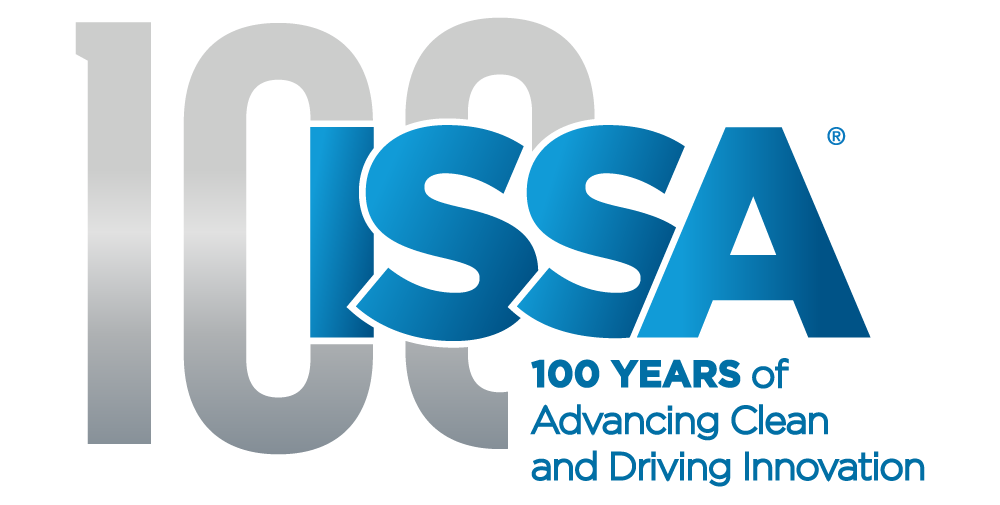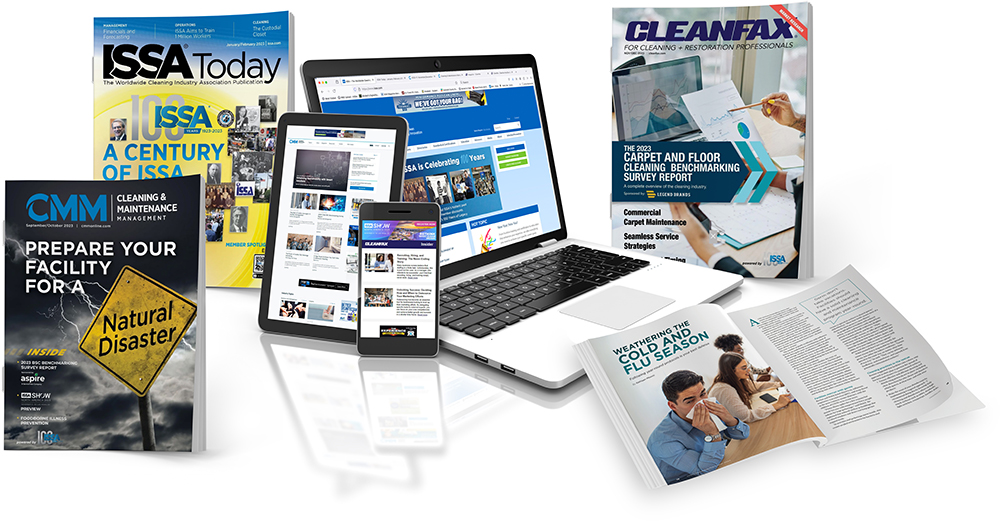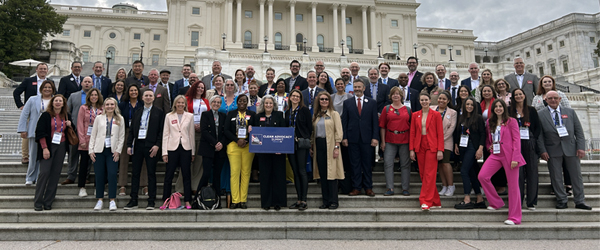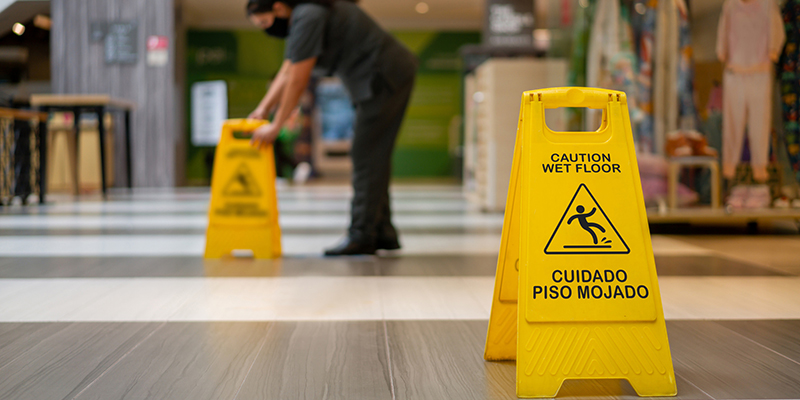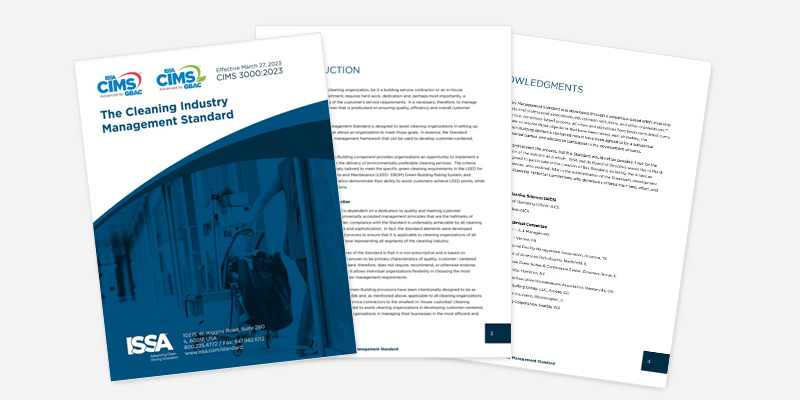The Dangers of Improper Disinfection
What can go wrong when using disinfectants? What are the dangers? Not using them according to label instructions can lead to bacteria and viruses prolificating. How? If you read the label on almost all disinfectants it will say to clean the surface to remove gross soils, apply the disinfectant, and allow it to remain wet for the allotted time. Wait! There is one more step! RINSE! Every clean room where our drugs are made and meat cutting areas in grocery stores have hoses for rinsing. They follow the U.S. Centers for Disease Control and Prevention’s (CDC) required protocol for disinfecting.
It is imperative when disinfecting that every surface be rinsed to remove the almost invisible dried solid ingredients of the disinfectant. The danger is someone touching, coughing, or sneezing the unrinsed surface. The solids left behind from the disinfectant are a food source for bacteria to grow.
We are working with Federal Insecticide, Fungicide and Rodenticide Act (FIFRA) regulated pesticides. Disinfectants are regulated by FIFRA, the Federal Insecticide, Fungicide and Rodenticide Act. Bacteria and viruses are listed as pests by FIFRA. It is required by FIFRA, prior to a pesticide being sold or distributed in the United States, to be registered (licensed) with the U.S. Environmental Protection Agency (EPA). Before the EPA may register a pesticide under FIFRA, the applicant must show, among other things, that using the pesticide according to specifications “will not generally cause unreasonable adverse effects on the environment.”
FIFRA also states that applicators are to be properly trained and use appropriate personal protective equipment. Most labels require the person (when mixing concentrates) to wear goggles and gloves. Sometimes the label also requires a face shield. The danger here is having the disinfectant concentrate splash into the custodian’s eyes or their skin. In extreme cases the product’s odor can cause breathing difficulties.
Chemical dispensing systems can have the tips clog over time. When this happens, the concentrate is not mixed properly. The danger here is not proper dilution for disinfecting.
Many disinfectant Safety Data Sheets and labels have the following hazard statement: CAUSES SERIOUS EYE IRRITATION. MAY CAUSE DAMAGE TO ORGANS THROUGH PROLONGED OR REPEATED EXPOSURE. Some disinfectant Safety data sheets use the signal word: DANGER. The DANGER signal word means using the product could potentially cause a fatality. Many other disinfectant safety data sheets use the pictograms, Serious and Reversible. The Serious pictogram means it could potentially cause cancer. The Reversible pictogram means the damage would not be permanent. Thousands of small mom and pop cleaning companies using consumer products more than likely have not been trained about proper disinfection or have any knowledge of safety data sheets.
I have discussed some dangers involving mixing and handling disinfectants. To delve further into the dangers of using disinfectants I will share what happens when custodians skip the most important step: rinsing. Repeatedly applying disinfectants on the same surfaces without rinsing creates biofilm. Biofilms need to be agitated with a cleaner for removal. When teaching disinfection, I emphasize the importance of disinfecting surfaces people touch. These can be anything from elevator buttons to sink fixtures to the arms of chairs. By not rinsing, millions of bacteria and viruses are transferred to one’s hands when a person touches the surface. How many surfaces do we touch? The danger is obvious.
In healthcare the wide array of items used every day by the staff can become germ factories. If the custodian does not wash their hands frequently, the IV poles, shared computer keyboards, wheelchairs, curtains between patient beds are just a few of the surfaces where bacteria and viruses can prolificate.
Being admitted to a hospital can be dangerous. MRSA, C-Difficile, and Staphylococcus aureus cannot infect anybody on their own. Someone must touch an infected surface where these dangerous bacteria hide.
A fact never covered by the news media is the amount of people who contract a hospital acquired infection (HAI) and never go home to their loved ones. Estimates say this number is approximately 12%. The danger again is obvious. We all know someone who contracted one of these infections during a stay in the hospital. Hopefully, the person you know was able to recover.
Dangers due to improper disinfection are rampant in many other places. Schools for instance, have germ factories in locker rooms, showers, on wrestling mats, door handles, drinking fountains, libraries, the cafeteria, and the classroom. Many malls have play areas for small children. Day care centers are germ spreaders. Children at that age share toys and where do they put the toys? In their mouth. My grandchildren have colds all the time.
The danger of improper disinfection can be eliminated with training. When disinfecting, the challenge is keeping the surface wet the allotted time per the label directions followed by rinsing. How can you keep vertical surfaces wet? Remember, bacteria and viruses cannot move around on their own, they need help. The residues left behind by untrained custodians are the danger.
It is difficult to monitor custodians during an entire shift. We must trust custodians to keep our health care institutions, schools, day care centers, and businesses clean and disinfected. We must also trust they have been properly trained by their supervisors. Another factor that remains, have the supervisors been properly trained?
In my U.S. Occupational Safety and Health Administration (OSHA) classes I ask how many students know about GHS (Global Harmonized System of Labels and Chemicals)– do you? Less than 2% have had the training. As of December 1, 2013, anyone working with chemicals was required by OSHA to know the dangers of the products. The most OSHA violations in Hazard Communication are the lack of leadership informing new employees about GHS and keeping records of the same. Also, when a new product is introduced, everyone using the product must be trained on the dangers. The fines can be substantial. Remember, OSHA is all about keeping workplaces safe from hazards.
I have reviewed dangers from mixing, lack of training and places where bacteria and viruses lurk. My session at ISSA: Dissecting the Confusion About Disinfecting in Healthcare, expands on each of these topics – I hope to see you there!
Kerry Rigg’s presentation, Dissecting the Confusion About Disinfection in Health Care Facilities, takes place November 16 at ISSA Show North America 2021. For a sneak peek into his session, tune into the video below.
For more information on ISSA Show North America 2021 or to register, visit issashow.com.


